
Hedvig Charlotta Nordenflycht was a Swedish poet, feminist and salon hostess.
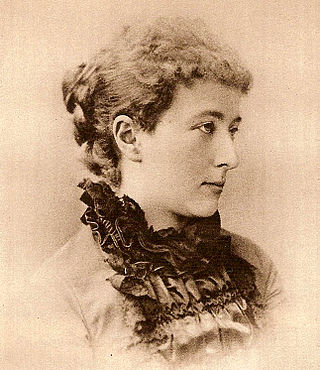
Anna Matilda Charlotta Branting, was a Swedish journalist and writer. She was a Social Democrat and married to Swedish prime minister Hjalmar Branting. From the 1880s to 1917, she was an influential theater critic in the Stockholm press under the pseudonym Réne.
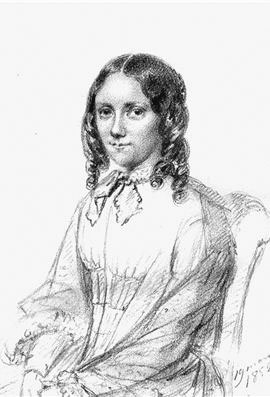
Johanna "Jeanette" Charlotta Granberg, also known by her married name Stjernström and by the pseudonym of Georges Malméen, was a Swedish writer, a playwright, a feminist and a translator, who wrote plays for mainly the theatre Mindre teatern in Stockholm in the mid-19th century. She was praised as a great dramatic by her contemporaries.

Zelma Carolina Esolinda Hedin née Bergnéhr was a Swedish stage actress. She was an elite actress of the Royal Dramatic Theatre, where she belonged to the star actors in the mid 19th-century. She was also known as Zelma Bergnéhr, Zelma Kinmansson and Zelma Bergmansson.
Eva Margareta Frölich, was a Swedish mystic, prophet, visionary and Pietistic writer.
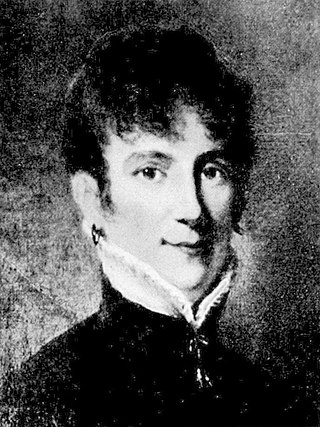
Christina Charlotta Cederström née Mörner af Morlanda was a Swedish dilettante artist, composer, salon hostess, and baroness.
Charlotta Öberg known as Lotta Öberg, was a Swedish poet.
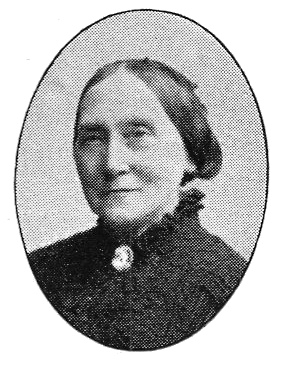
Karin Dorothea Wilhelmina Åhlin was a Swedish educator. She was the founder and director of the Åhlinska skolan in Stockholm, and its principal from 1847 to 1899.

Emilie Charlotta Risberg was a Swedish writer and reform pedagogue. She founded the Risbergska skolan in Örebro, and served as its principal in 1863-1878. Emilie Risberg is regarded as an important member of the pioneers of girl's education in the mid 19th century Sweden, who reformed the education of girls by establishing girls' schools which offered proper academic education for females, in contrast to the earlier girl's pensions shallow education.
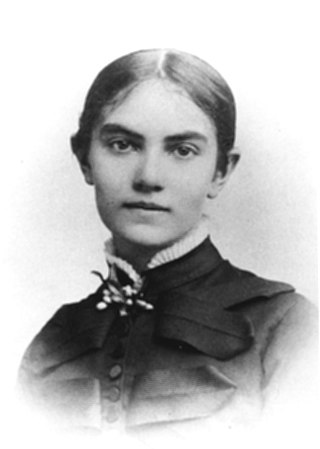
Karin Larsson, née Bergöö, was a Swedish artist and designer who collaborated with her husband, Carl Larsson, as well as being often depicted in his paintings.
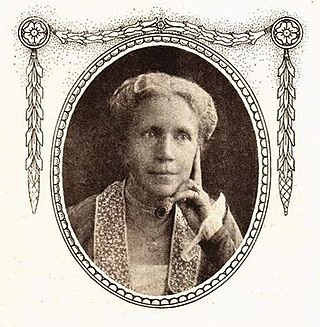
Charlotta Maria Thérèse Lizinka Dyrssen, née af Ugglas, was a Swedish women's rights activist. She served as chairperson of the Swedish Red Cross 1902–1906, the Stockholm branch of the National Association for Women's Suffrage in 1909–1910, the Moderate Association for Women's Suffrage in 1917–1921, the Fredrika Bremer Association in 1921–1937, and the Moderate Women.
Antoinette Wilhelmina Nording (1814-1887), was a Swedish entrepreneur. She founded the famous perfume company Antoinette W Nording, for a time the biggest perfume company in Sweden, in 1847. She can be regarded as the first female perfumer in Sweden, and as a female pioneer.
Anna Maria Pettersson was a Swedish lawyer. She was the first woman in Sweden to set up a legal agency, run by a woman, which was aimed primarily at female clients. Pettersson was also active in the Swedish National Association for Women's Suffrage (FKPR).

Nanna Charlotta Svartz was a Swedish physician and the first female professor at a public university in Sweden. Her research focused on gastrointestinal diseases and rheumatology.

Kaisa Brita Melanton née Björklund (1920–2012) was a pioneering Swedish textile artist who is remembered in particular for the large, post-modernist works she created for local authorities, theatres and churches. She employed a variety of techniques including embroidery and weaving. From 1969 to 1979, she served as head of the textile department at Konstfack, the Swedish University of Arts, Crafts and Design, and in 1974 was elected a member of the Royal Swedish Academy of Fine Arts.

Eva Henriette Jancke-Björk (1882–1981) was a Swedish ceramist, painter and textile artist. She became a prominent porcelain designer, working for Rörstrand, S:t Eriks Lervarufabriker and Bo fajans before establishing her own business in Mölndal near Gothenburg. She produced simply designed bowls, flower pots and tableware, both decorated and monochrome. Jancke-Björk also painted watercolours, created textile patterns and worked with glassware. Her works are in the collections of the Swedish National Museum of Fine Arts and the Röhsska Museum.

Emma Emilia Sigrid Charlotte Blomberg (1863–1941) was a Swedish sculptor who focused on religious art. One of her most notable creations is Bebådelsen, a marble statue depicting the Virgin Mary on her knees in prayer, her head turned upwards. It was the first sculpture by a woman to be acquired by the Swedish National Museum. After carving the wooden Madonna del Fuoco in 1912, she had to abandon sculpture as a result of poor sight. Thereafter she made a living as a bookbinder.
Kerstin Abram-Axelsson née Nilsson; was a Swedish artist, debater, and social activist, who primarily expressed herself through various paintings and graphic arts. Her work has been shown in exhibitions throughout Europe, the United States, Mexico, and the Soviet Union.

Gunhild Bergh was a Swedish literary historian, travel writer, and newspaper journalist. She was the second Swedish woman to be awarded a PhD in literary history. The Swedish Academy hired her during the 1950s to write reports on the two Italian Nobel Prize in Literature nominees, Alberto Moravia and Riccardo Bacchelli.

Anna Charlotta Hamilton Geete née Hamilton (1848–1913) was a Swedish translator and writer. Fluent from childhood in several languages, she is remembered not only for her translations into Swedish of many English-speaking authors, including Mark Twain, Rudyard Kipling and Robert Louis Stevenson, but for an extensive and widely acclaimed biography of her grandfather, the influential philosopher and historian Erik Gustaf Geijer. Her account also covers detailed depictions of several celebrated women of the times.
















